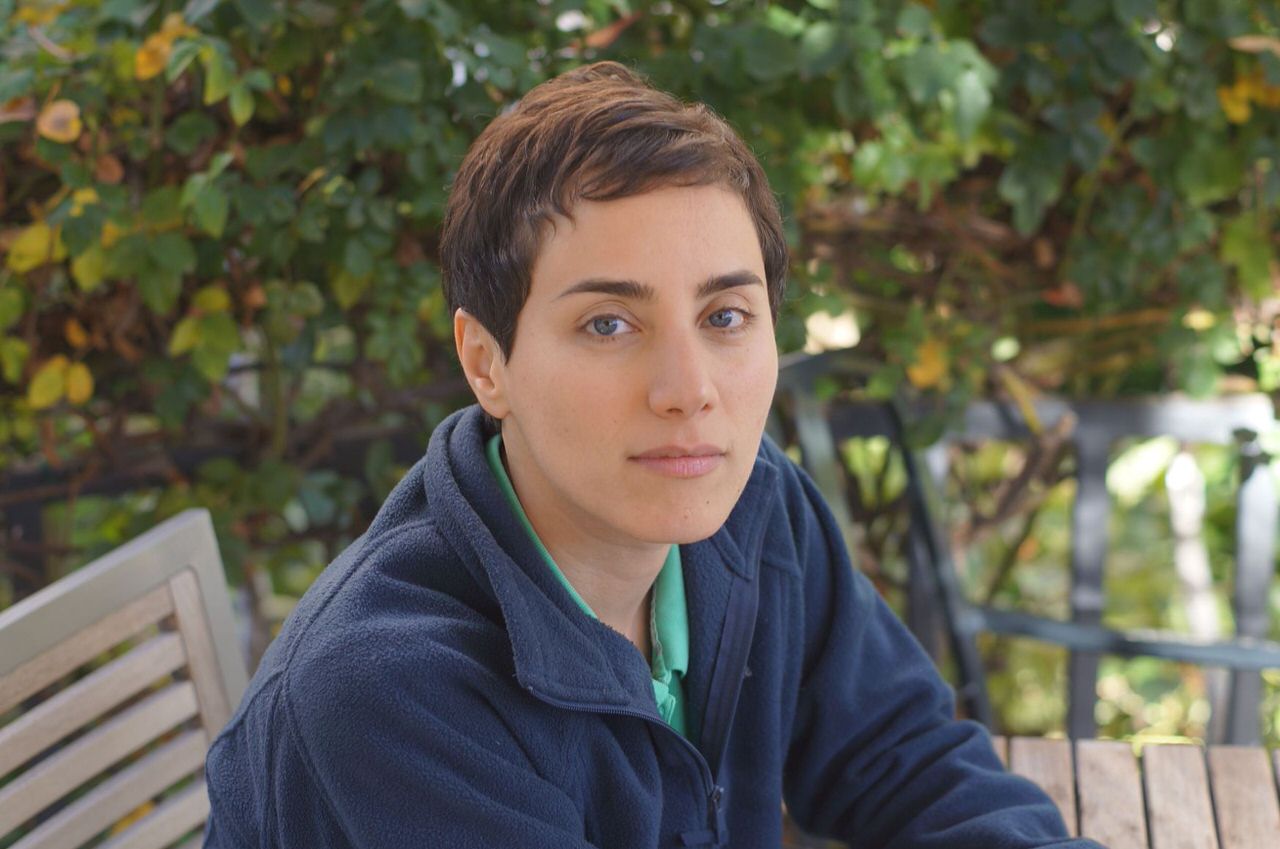Posted by S Rao
On the 14th of July, 2017, Maryam Mirzakhani lost her battle with breast cancer. The Iranian mathematician was the first woman to win the prestigious Fields Medal, the equivalent of a Nobel Prize in the field of mathematics. Her death, at the young age of 40, sent shock waves through the mathematical community.
I first heard about this well-known, but famously private mathematician in 2014, when she was honored with the Fields Medal. The Fields Medal is awarded every four years to exceptional mathematicians, it usually serves to indicate great potential in its recipients, awarded to people under the age of 40. Mathematics is a field dominated by men and Maryam was the first female recipient of this award, since its inception in 1936. I write this piece not only to describe her life and work but to explain what she meant to me and many other young girls aspiring to a career in the STEM fields.
She is an inspiration to me and many other young girls aspiring to a career in the STEM fields.
Growing up in Tehran during the Iraq war, Mirzakhani had initially wanted to be a writer. In her Fields Medal video, she says “I was more excited about reading novels and thought I would become a writer.” Here, in India, where we have a strict division between the science and art streams, and a not-so-secret disdain for arts subjects, that this brilliant mathematician might have once considered a career in literature helped me dispel many of my preconceptions about the liberal arts. Typically, many Indians disparage the liberal arts (a field which has a higher proportion of female students) in favor of the sciences (somewhat tellingly, a field dominated by men). But that’s another article altogether.
In the sixth grade, a teacher once downplayed her aptitude for math, insinuating that she was not particularly talented. By her mid and late teens, however, her gift for mathematics had become apparent, when she became the first girl to represent Iran in the International Mathematical Olympiad, winning the gold in 1994 and 1995. Her teacher’s attitude is a dishearteningly common one, especially in India. Mirzakhani’s unquestionable success in her chosen field, against all the stereotypes she faced of women in mathematics, makes for an extremely inspiring story.
Also read: Where Are The Indian Women In Science?
Mirzakhani’s work in the geometry of complex surfaces earned her the Fields Medal. Her research primarily revolved around Teichmuller geometry, ergodic theory and symplectic geometry, almost incomprehensible to people outside of those fields. Mirzakhani described herself as a ‘slow’ mathematician, explaining that it took ‘energy and effort to see the beauty of mathematics.’ She would often work by drawing geometric figures and patterns on large sheets of paper, prompting her six year old daughter Anahita to call her work ‘painting’.
Her work had potential applications in quantum field theory, and engineering and material science. In addition to solving many problems, she was responsible for the development of frameworks now commonly used by people in the field. She joined the faculty of Stanford University in 2008, where she taught until her death.
Mirzakhani’s work in the geometry of complex surfaces earned her the Fields Medal.
Famously private and reclusive, Mirzakhani had very few interactions with the media. In her few public addresses, her enthusiasm for maths is apparent, as is the quiet dignity with which she held herself. Mirzakhani’s life and work established her as one of the brilliant minds of our time. Her untimely death is a great loss to the scientific community.
References:
- Maryam Mirzakhani, Stanford mathematician and Fields Medal winner, dies, Stanford News
- Maryam Mirzakhani’s Pioneering Mathematical Legacy, The New Yorker
S Rao is a 21 year old woman and a student of Chemical Engineering, currently
based in Mumbai. In her spare time, she likes reading about women in STEM fields and
their achievements.
Featured Image Credit: Stanford University
About the author(s)
Guest Writers are writers who occasionally write on FII.




